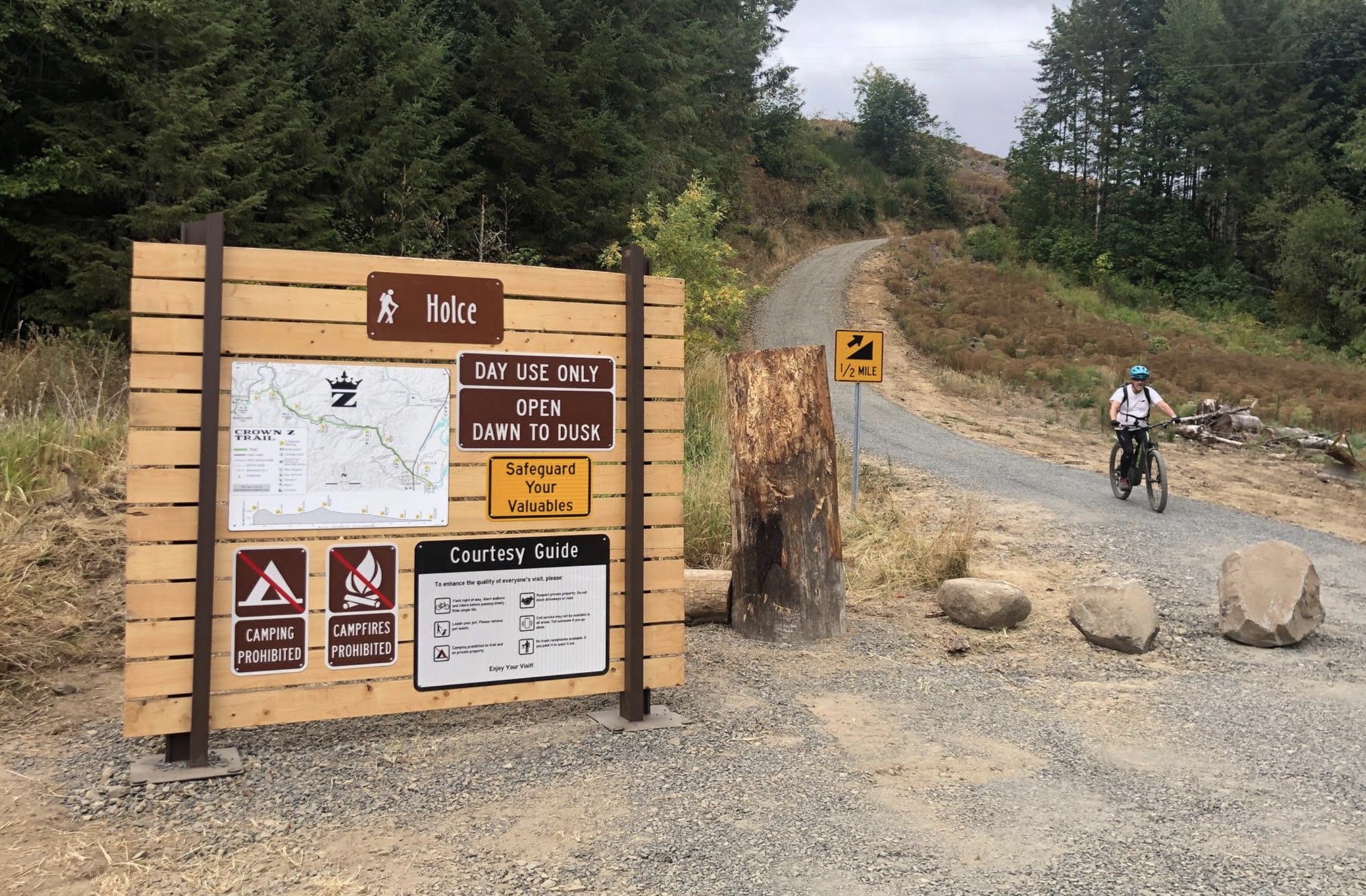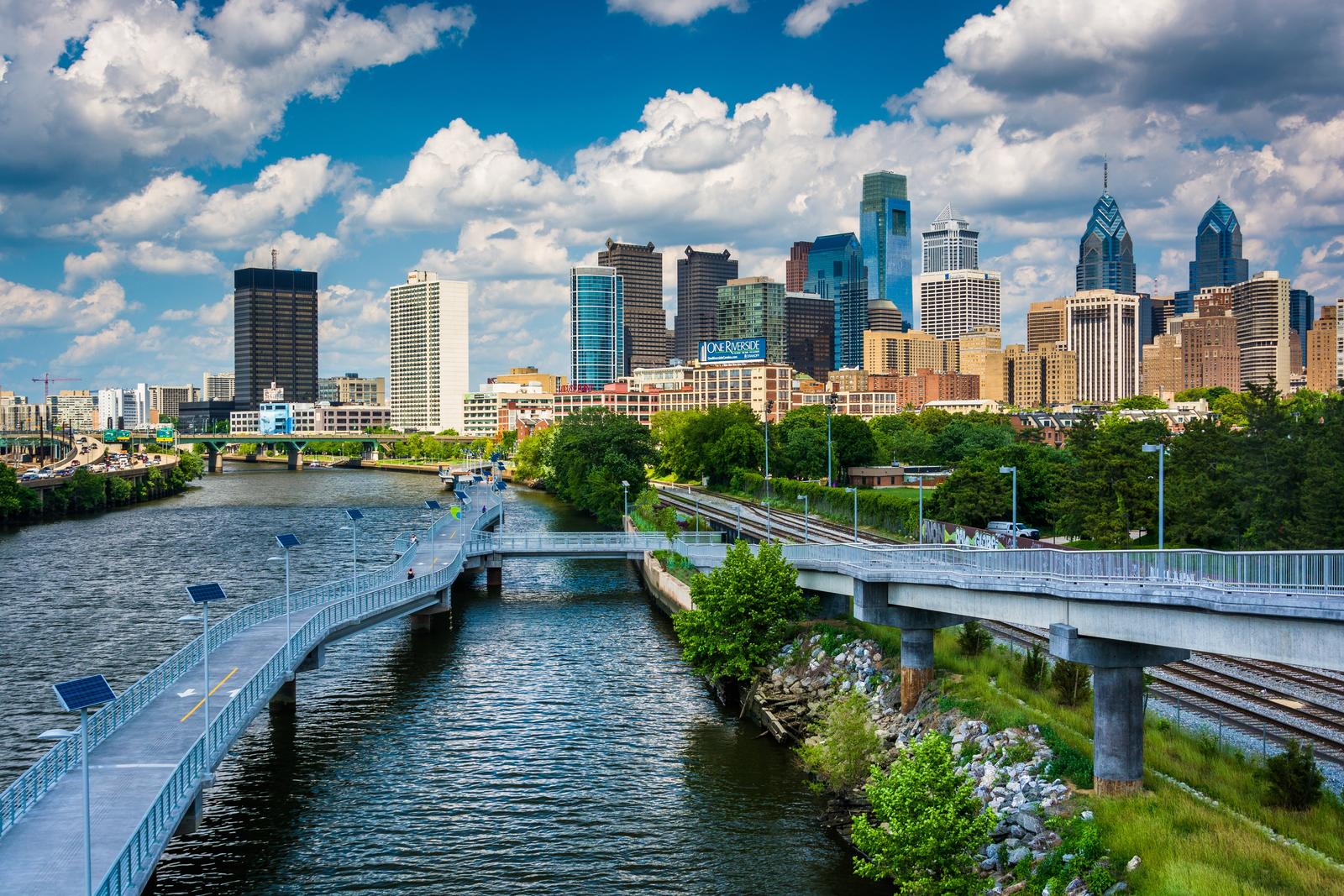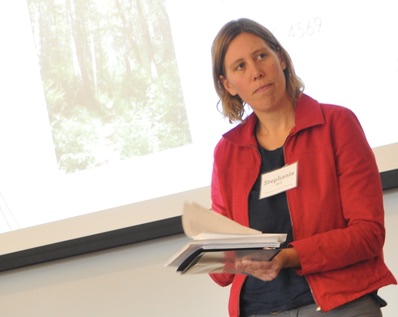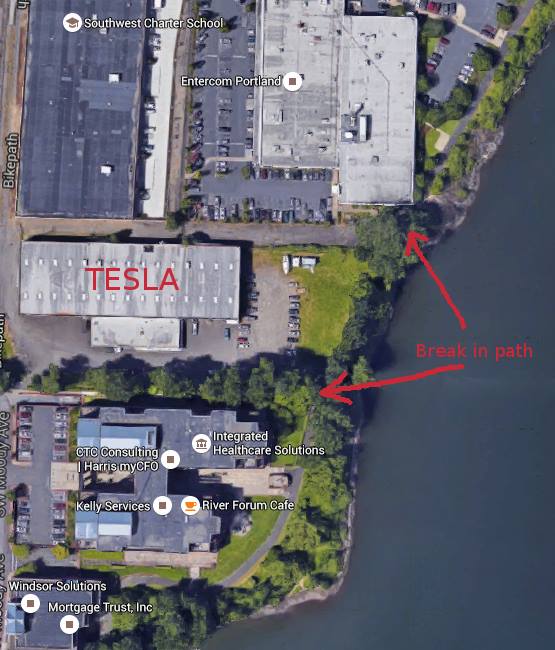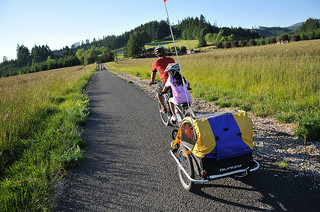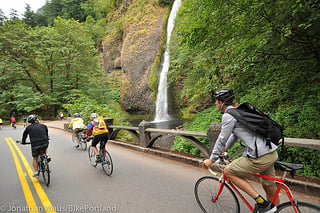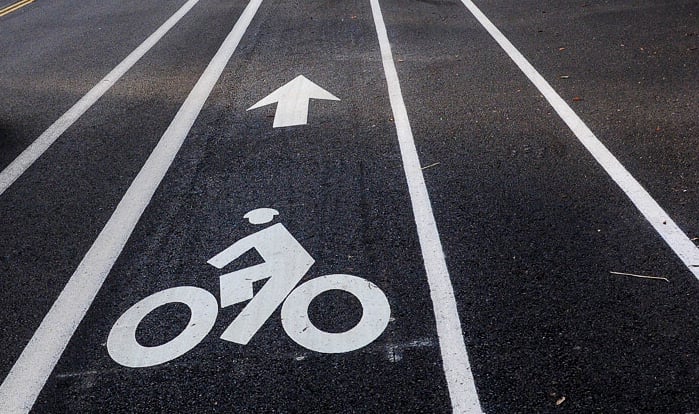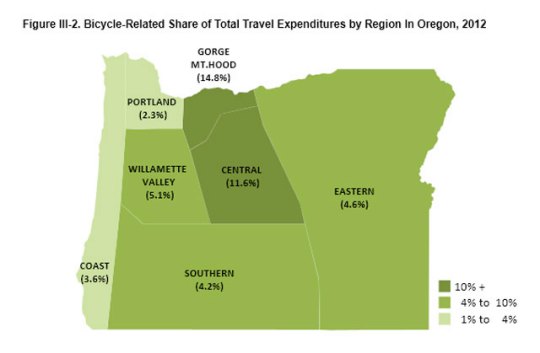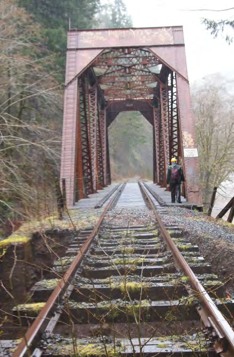New signage and trailheads connect Crown Z and Banks-Vernonia trails
New trailheads at Holce and near Anderson Park in Vernonia. All photos by Dale Latham. At long last, two of Oregon’s best cycling trails have been connected. Earlier this month, crews and volunteers from the City of Vernonia and Columbia County quietly filled the final gap that remained between the end of the Crown Z … Read more

